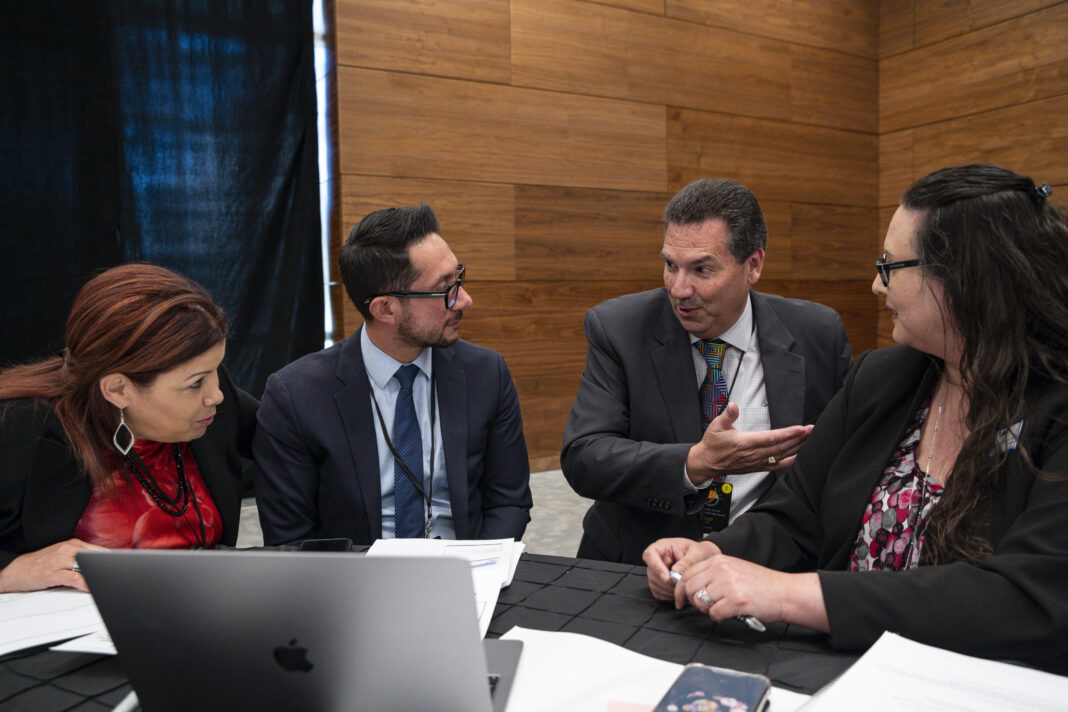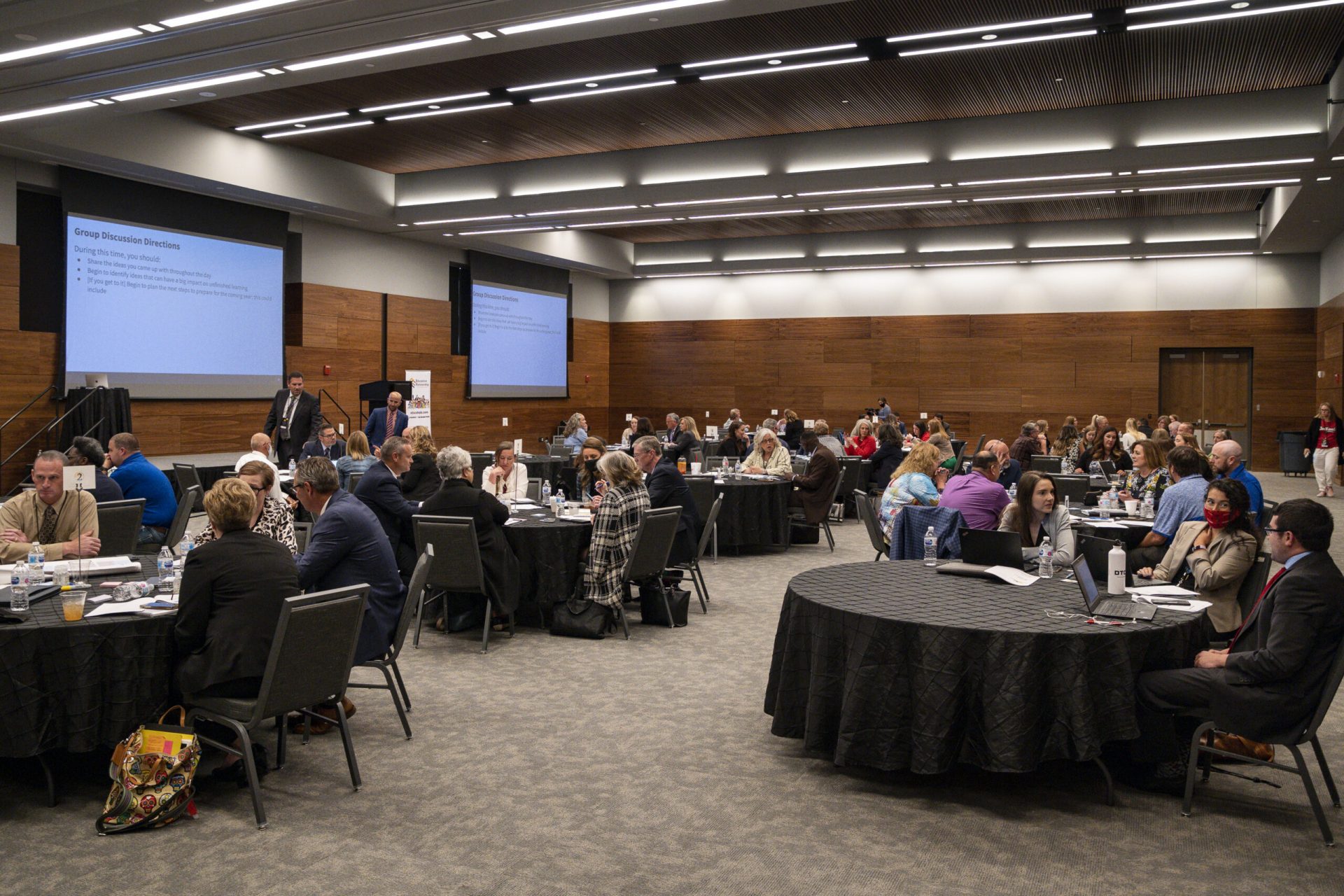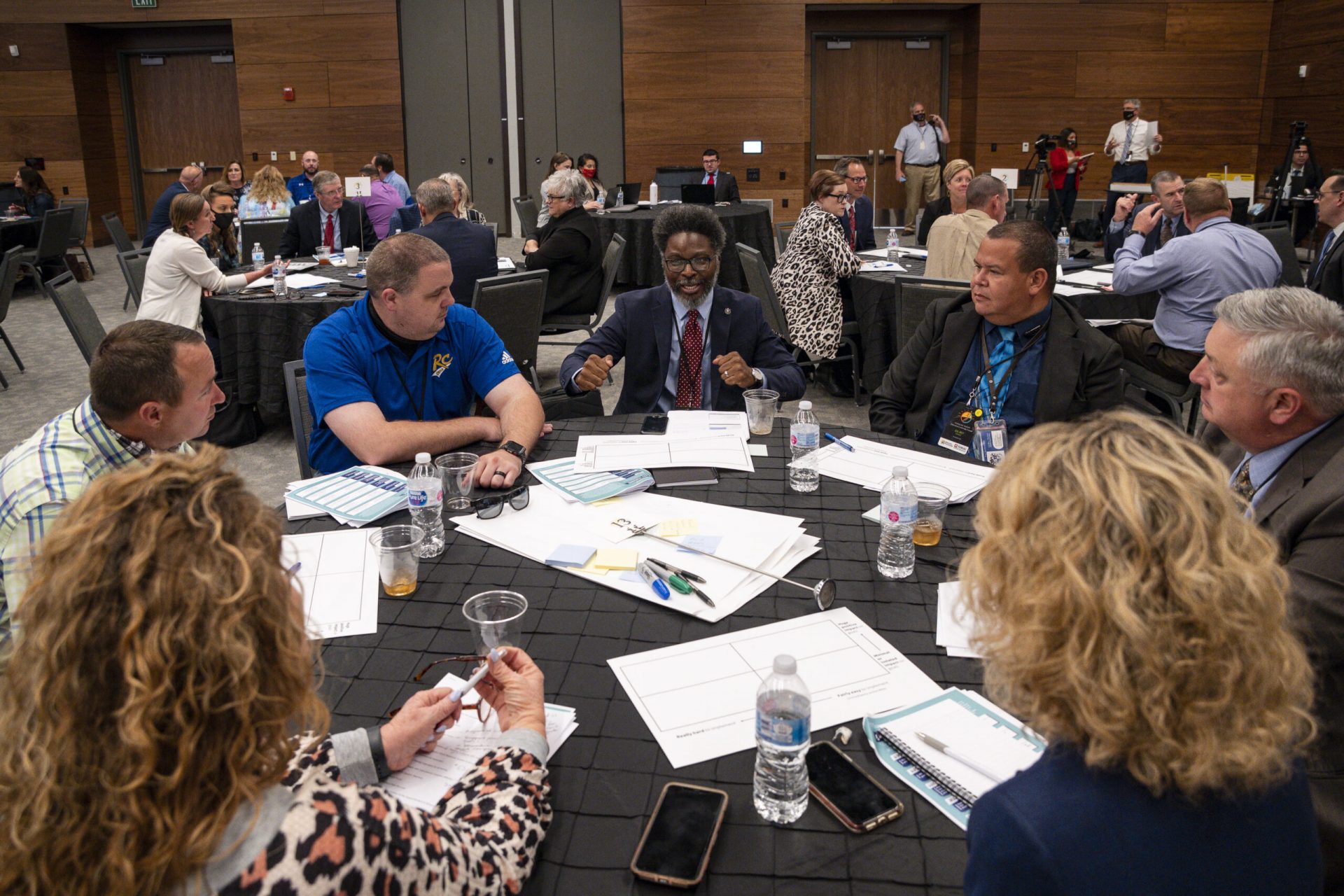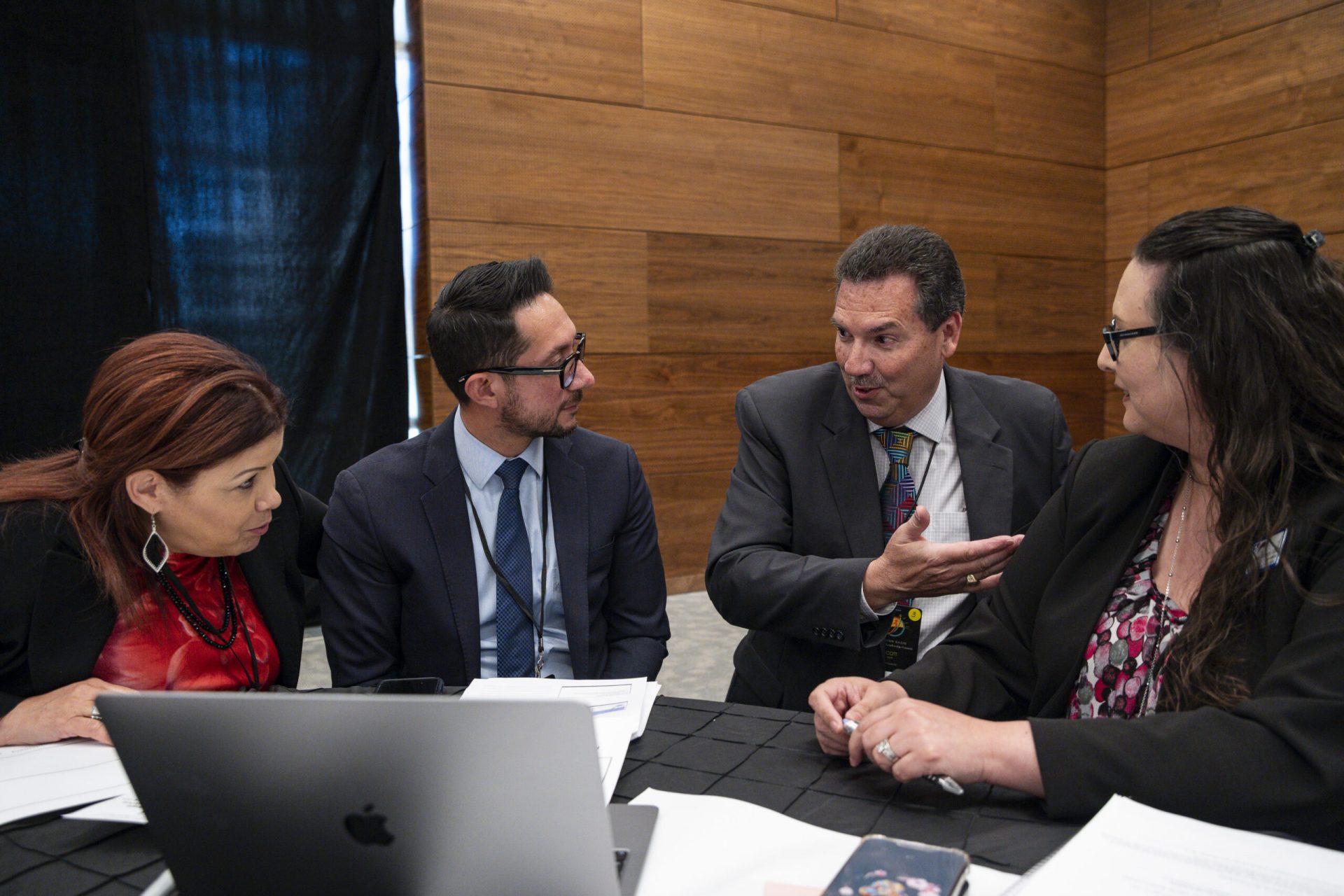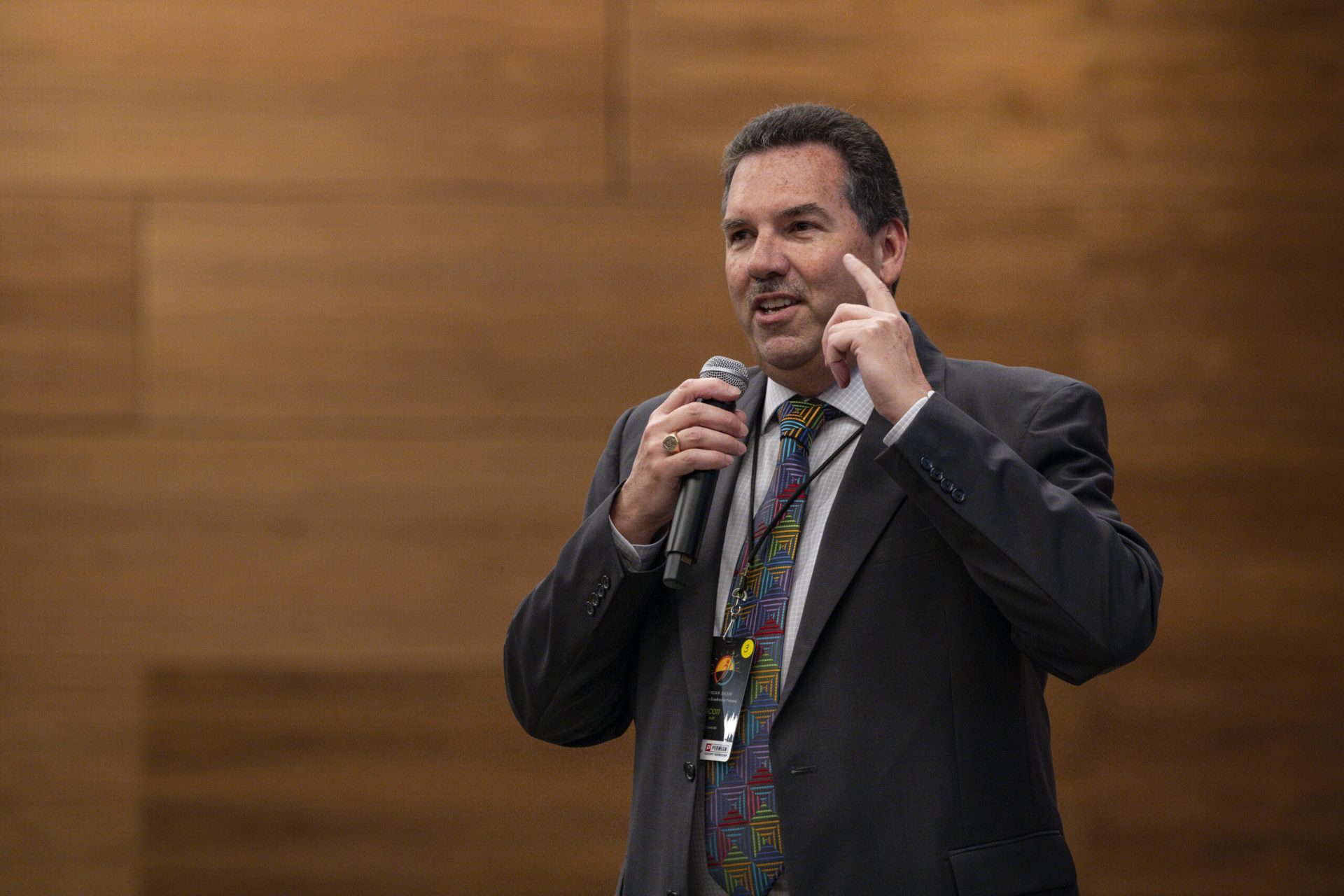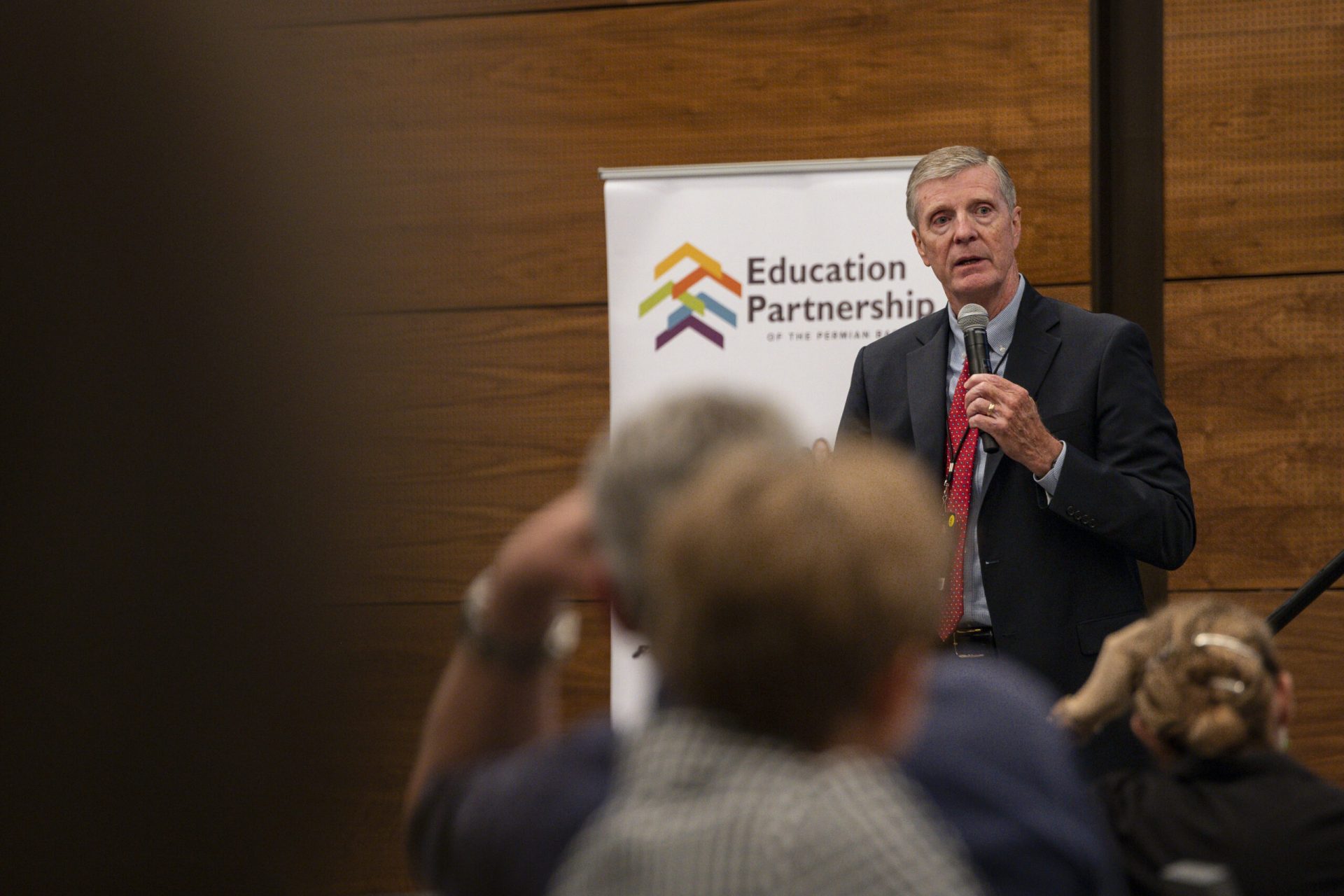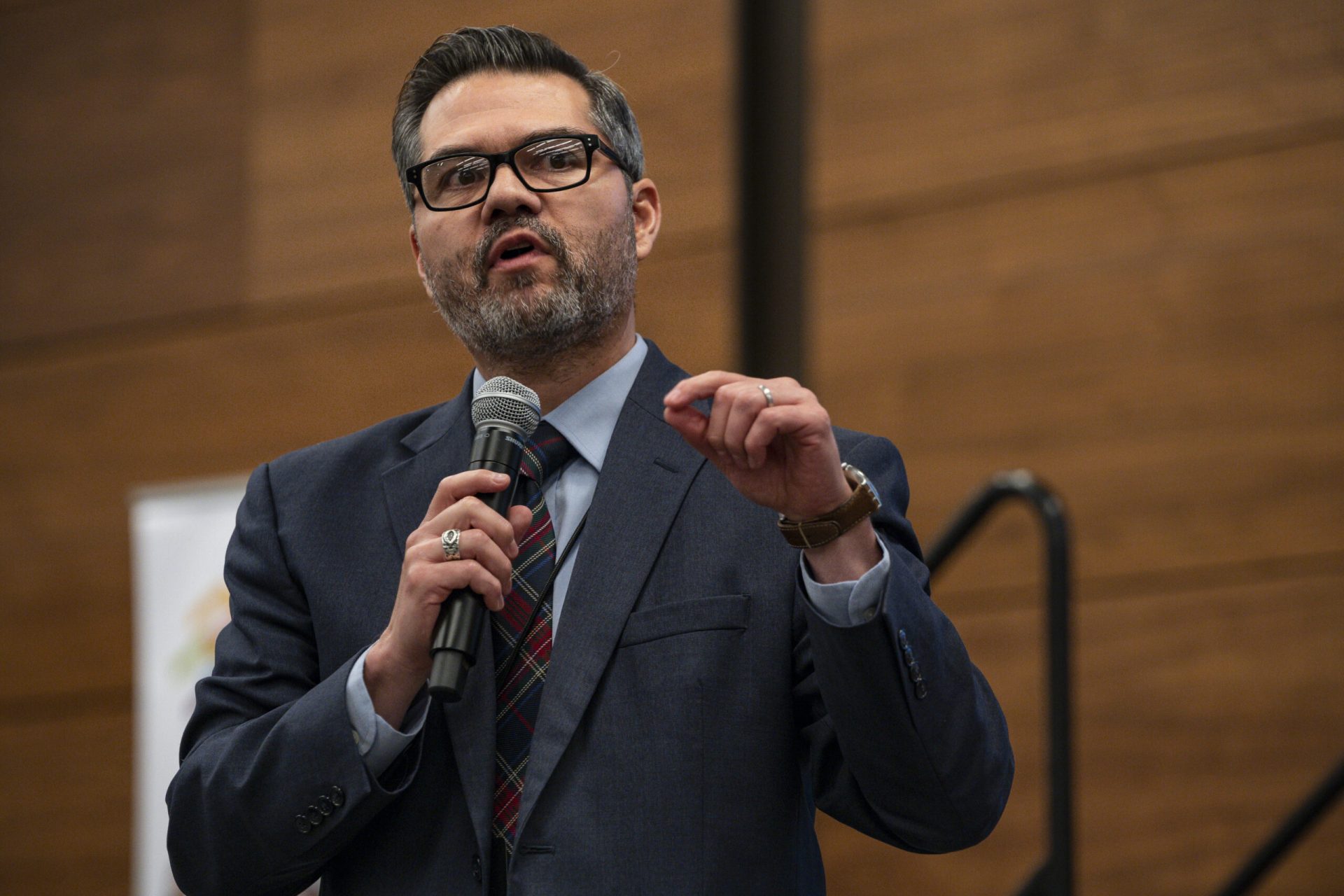Unfinished learning, attracting talent, social-emotional learning and how best to spend federal funds coming districts’ way were just some of the topics covered at the Permian Basin Education Leadership Summit Wednesday at the Bush Convention Center in Midland.
The event was put on by the Permian Strategic Partnership and the Education Partnership of the Permian Basin. Ector County ISD Superintendent Scott Muri and Hobbs Municipal Schools Superintendent TJ Parks spearheaded it.
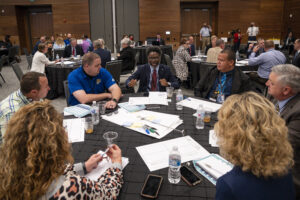
Along with superintendents, districts brought some of their leadership teams. Charter organizations also attended.
“It was a great day for a variety of reasons. One, it’s a gathering of school districts all across the Permian Basin, New Mexico and Texas and that’s unusual, but it’s a healthy thing to do. I think kids and communities won today because of that. Two, a lot of us received some really good ideas. We have a significant influx of federal money coming our way. We want to make sure that we make the right investments and today helped feed some of that work that we have to do to ensure that the right investments are made so that ultimately kids win and kids learn and things are better in all of our school districts,” Muri said.
After the summit, Parks said he thought that if districts in the Permian Basin gathered together, they could come up with some better ideas, “because there’s nothing worse than wasting taxpayers’ dollars.”
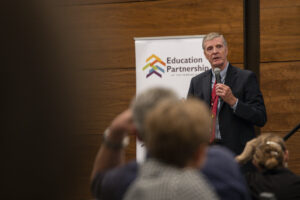
Referring to a slide on the screen that had the name of the conference and the New Mexico and Texas flags, Parks said he didn’t know of another place in the country where you would have superintendents from two different states working together.
“… So yes, we are the Permian Basin regardless of this border that separates us. We do this work together and we’ll be much better because of the collective thought,” Parks said.
Adrian Vega, executive director of the Education Partnership of the Permian Basin, said participants will get a survey in about a week and an opportunity to meet virtually in about a month for a follow-up session.
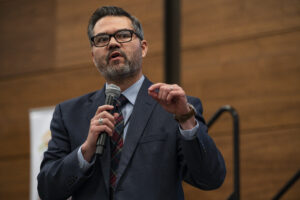
Vega said he thought Wednesday’s gathering went very well.
“… Districts are hungry to get together and to collaborate; to bounce ideas off of each other so that they can also think through what is going to be the most impactful ways that they can use these once in lifetime dollars. In my entire career, I don’t know if I’ve been a part of something like this, where we’ve been able to bring, you know, together two states. But what’s really interesting about this and you heard TJ Parks, the superintendent of Hobbs Municipal Schools, is it’s not so much about state lines as much as a region and really similarities of all being in what is referred to as the Permian Basin,” Vega said.
“One of the ideas of the summit was to walk district leaders through a process in which they were able to think through based on this recovery every effort, based on unfinished learning, what were the big challenges that they’re facing. Is it around talent? Is it around time? Is it around social-emotional learning because one of the things that, you know, is a reality for every person. The one thing we all have in common is we’ve all have gone through a pandemic and so what that means then is how has the pandemic impacted the social-emotional kind of learning not just for students, but even adults, or even for staff. So when you think about that, these are the big buckets that this day helped school districts begin to process through and then whittle that down until they distill down some big ideas that they can bring back to campus and figure out how to leverage those dollars in a way that they can address those critical areas,” Vega said.

